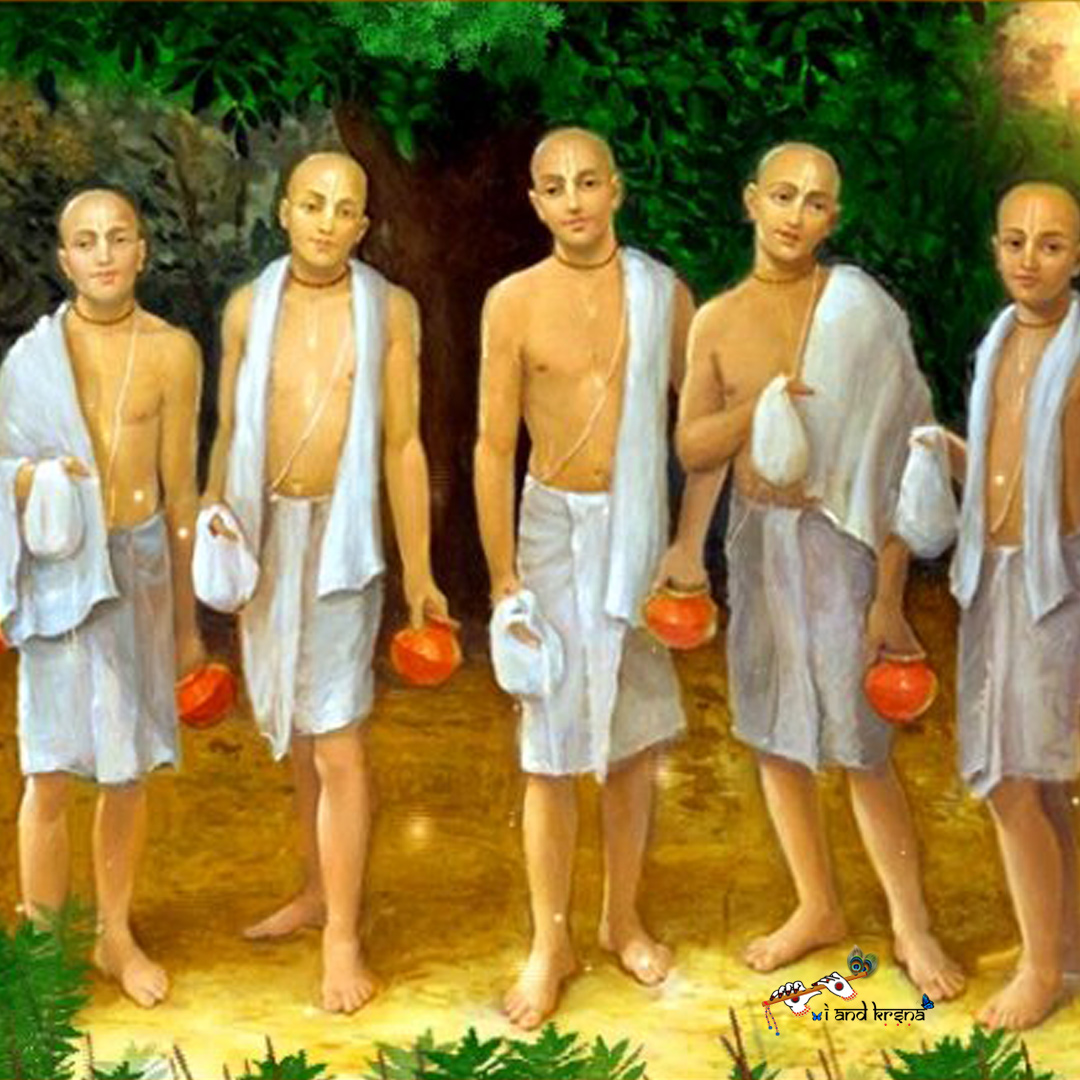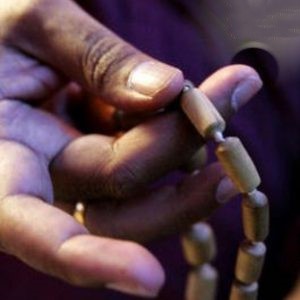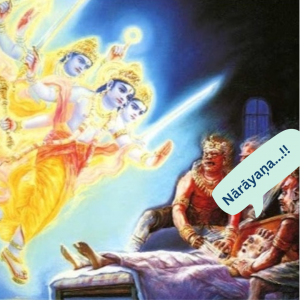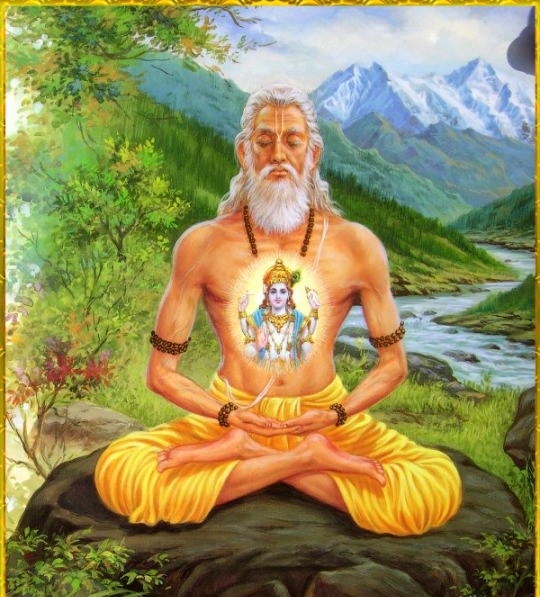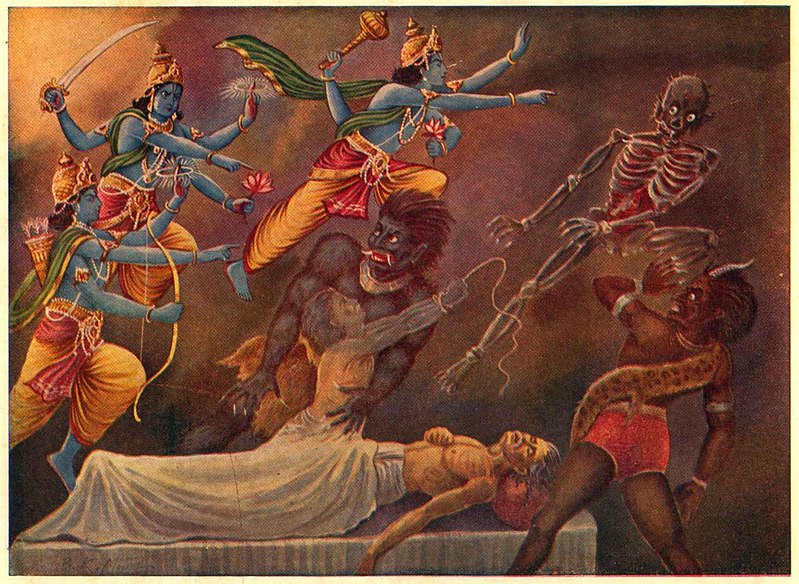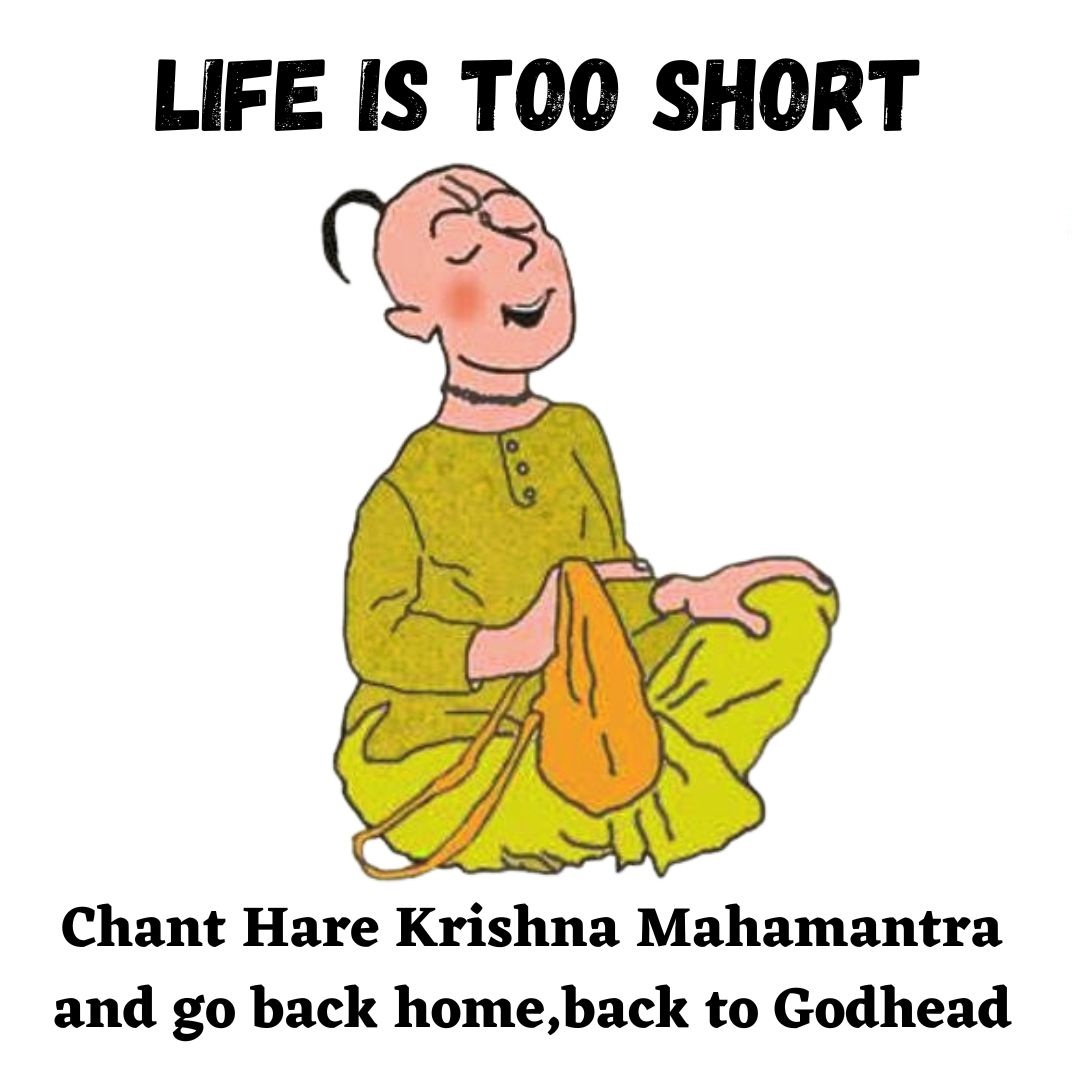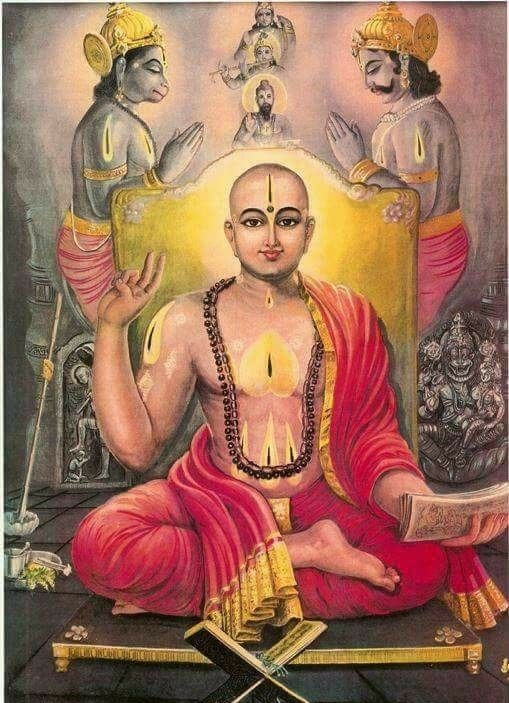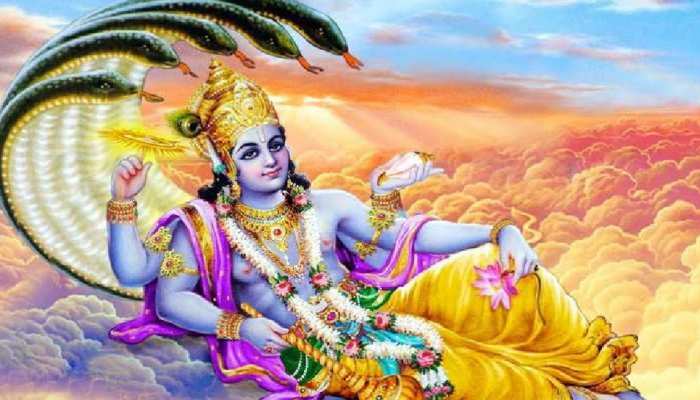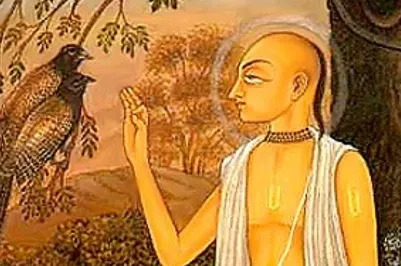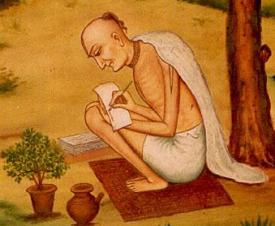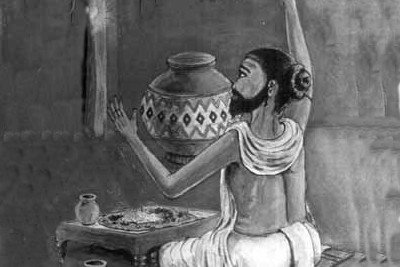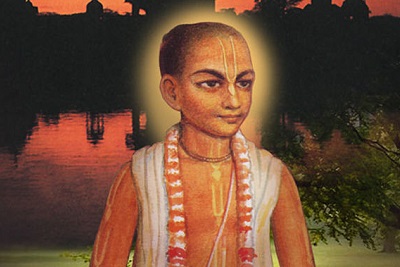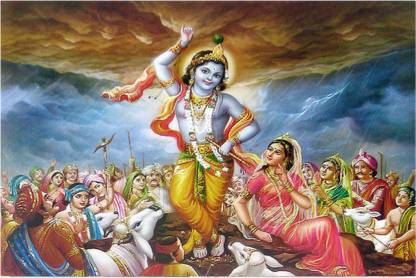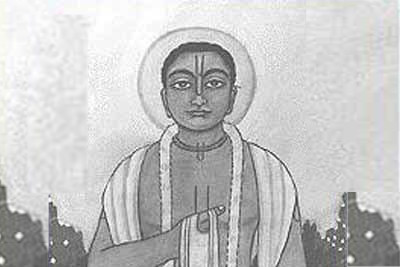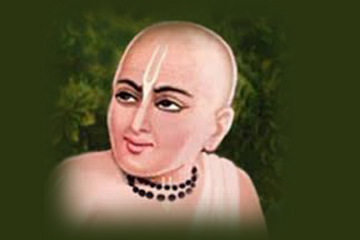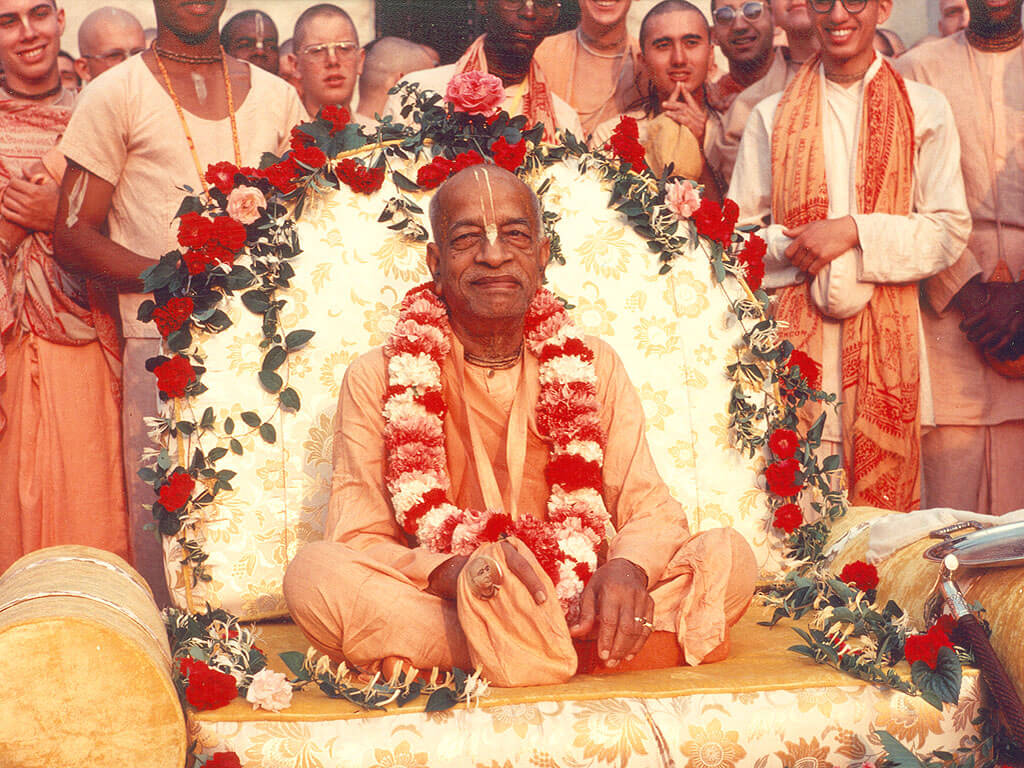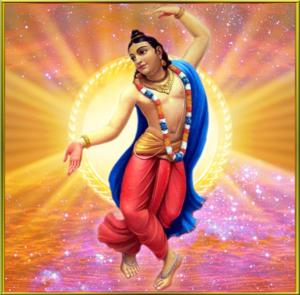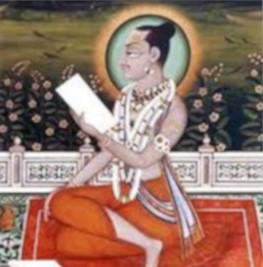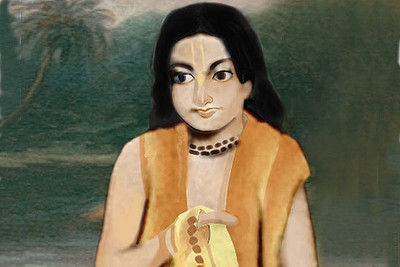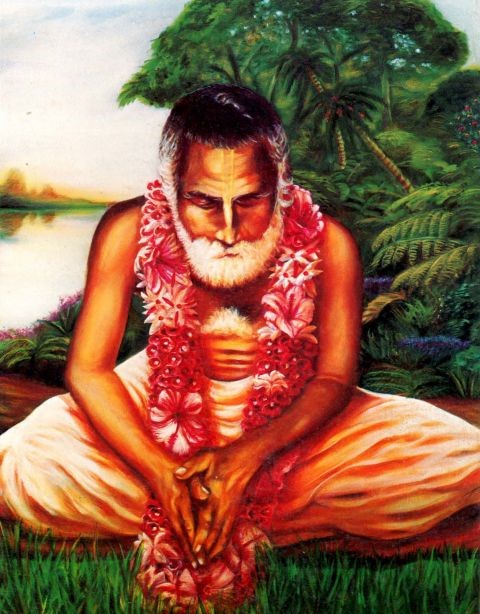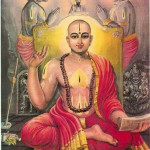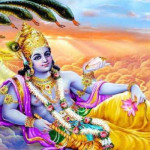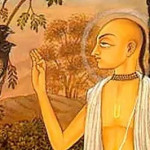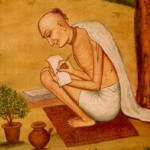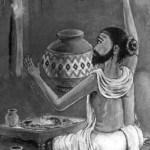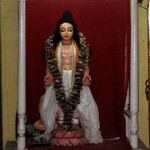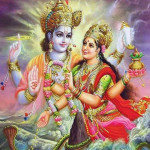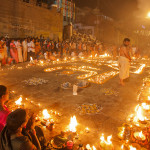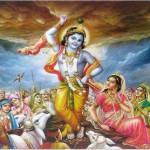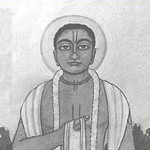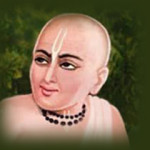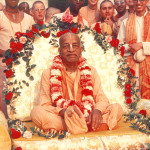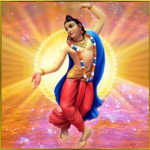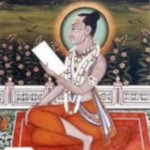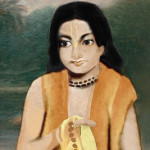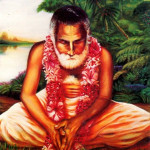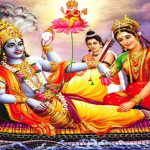What is the difference between Hare Krishna mantra and Omkara?
“Generally the chanting of om is recommended because in the beginning one cannot understand the Personality of Godhead. As stated in Srimad-Bhagavatam (1.2.11):
vadanti tat tattva-vidas tattvam yaj jnanam advayam
brahmeti paramatmeti bhagavan iti sabdyate
“Learned transcendentalists who know the Absolute Truth call this nondual substance Brahman,
Paramatma or Bhagavan.” Unless one is fully convinced of the Supreme Personality of Godhead, one has the tendency to become an impersonalist yogi searching for the Supreme Lord within the core of his heart (dhyanavasthita-tad-gatena manasa pasyanti yam yoginah). Here the chanting of omkara is recommended because in the beginning of transcendental realization, instead of chanting the Hare Krishna maha-mantra, one may chant omkara (pranava). There is no difference between the Hare Krishna maha-mantra and omkara because both of them are sound representations of the Supreme Personality of Godhead. Pranavah sarva-vedesu. In all Vedic literatures, the sound vibration omkara is the beginning. Om namo bhagavate vasudevaya. The difference between chanting omkara and chanting the Hare Krishna mantra is that the Hare Krishna mantra may be chanted without consideration of the place or the sitting arrangements recommended in Bhagavad-gita (6.11):
sucau dese pratisthapya sthiram asanam atmanah
naty-ucchritam natinicam cailajina-kusottaram
“To practice yoga, one should go to a secluded place and should lay kusa grass on the ground and then cover it with a deerskin and a soft cloth. The seat should neither be too high nor too low and should be situated in a sacred place.”” The Hare Krishna mantra may be chanted by anyone, without consideration of the place or how one sits. Sri Caitanya Mahaprabhu has openly declared, niyamitah smarane na kalah. In chanting the Hare Krishna maha-mantra there are no particular injunctions regarding one’s sitting place. The injunction niyamitah smarane na kalah includes desa, kala and patra–place, time and the individual.
Therefore anyone may chant the Hare Krishna mantra, without consideration of the time and place.
Especially in this age, Kali-yuga, it is very difficult to find a suitable place according to the recommendations of Bhagavad-gita. The Hare Krishna maha-mantra, however, may be chanted at any place and any time, and this will bring results very quickly. Yet even while chanting the Hare Krishna mantra one may observe regulative principles. Thus while sitting and chanting one may keep his body straight, and this will help one in the chanting process; otherwise one may feel sleepy.”
Source: A.C. Bhaktivedanta Swami Prabhupada (2014 edition), “Srimad Bhagavatam”, Seventh Canto, Chapter 15 – Text 31.


